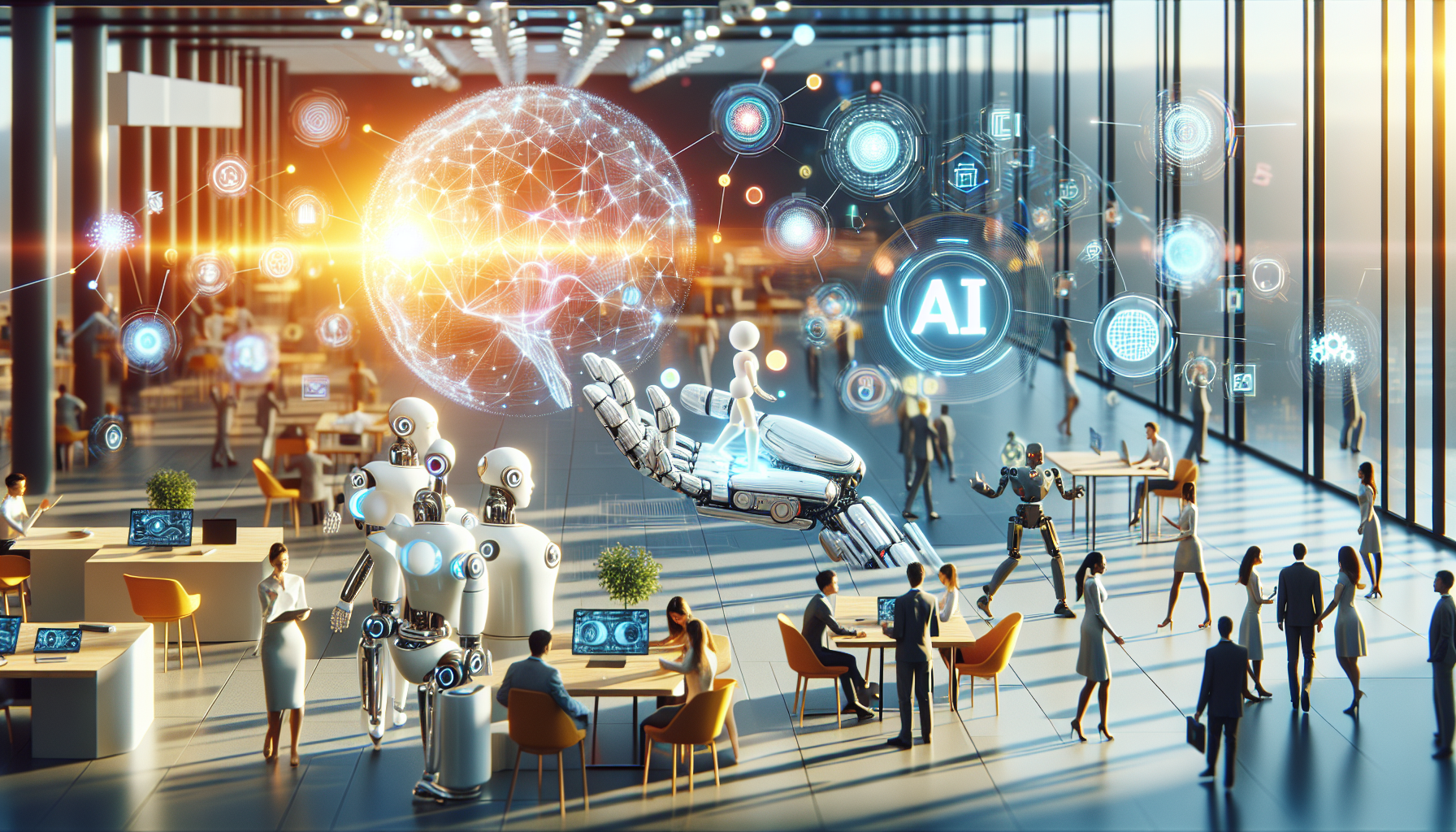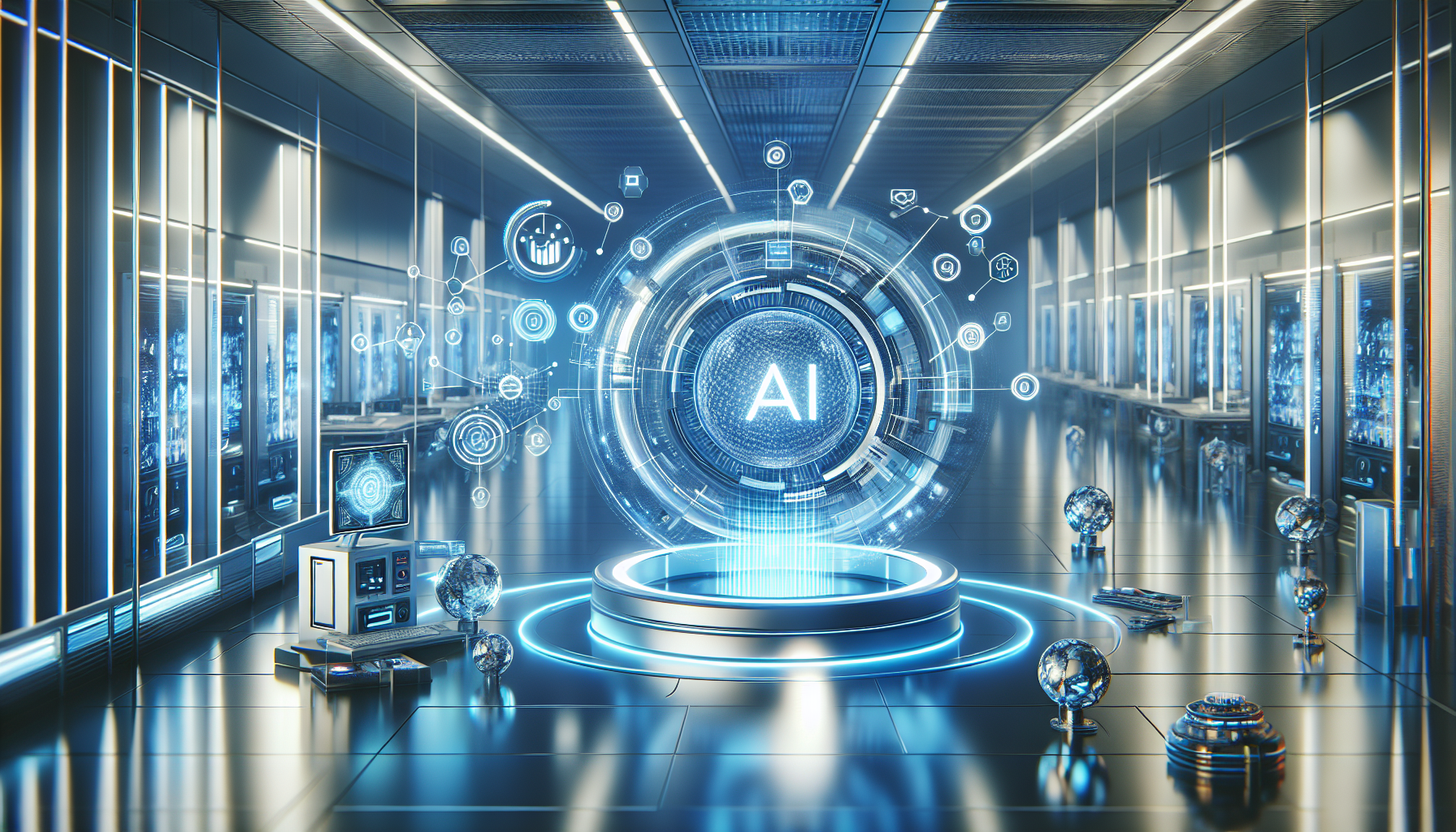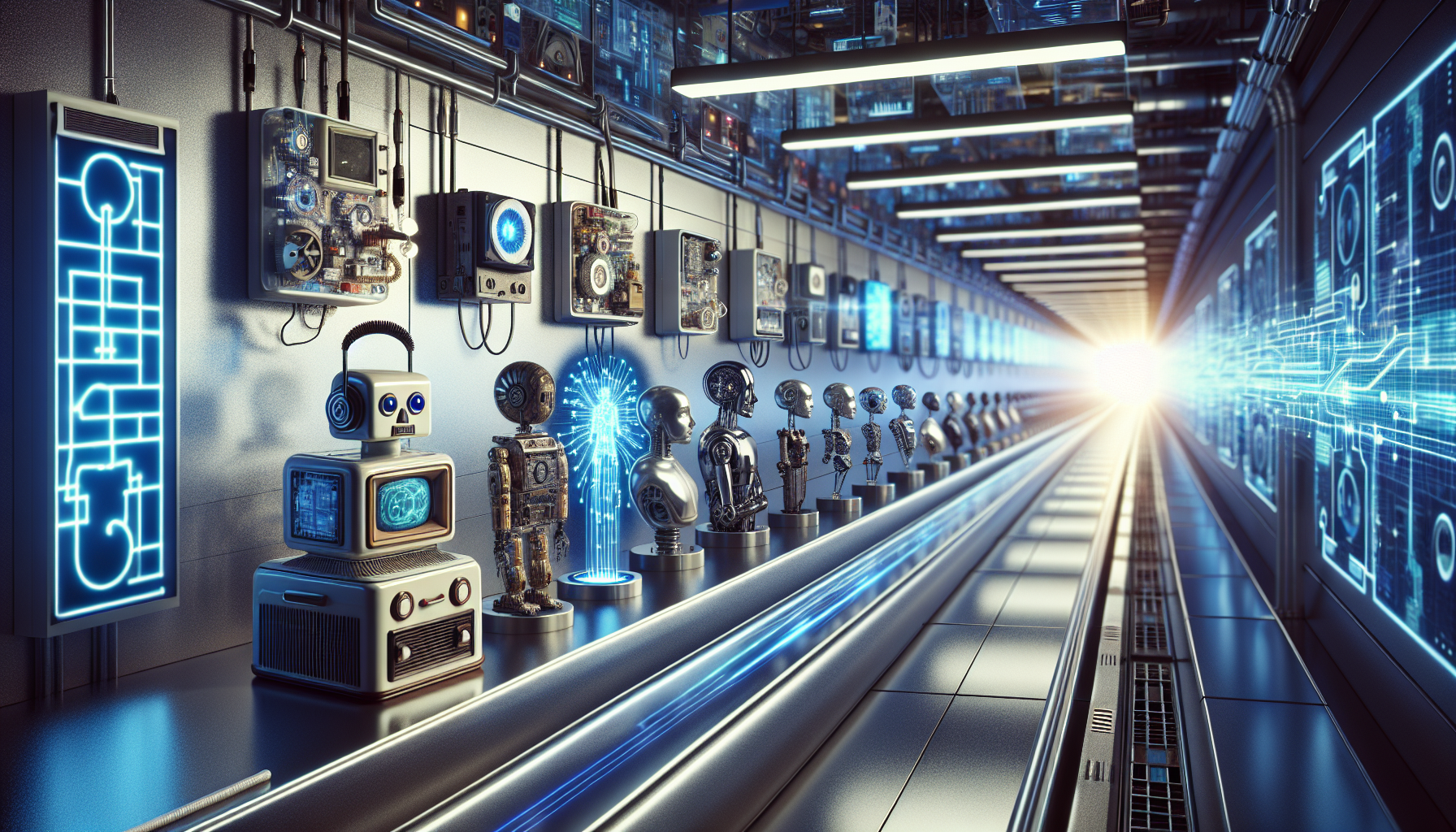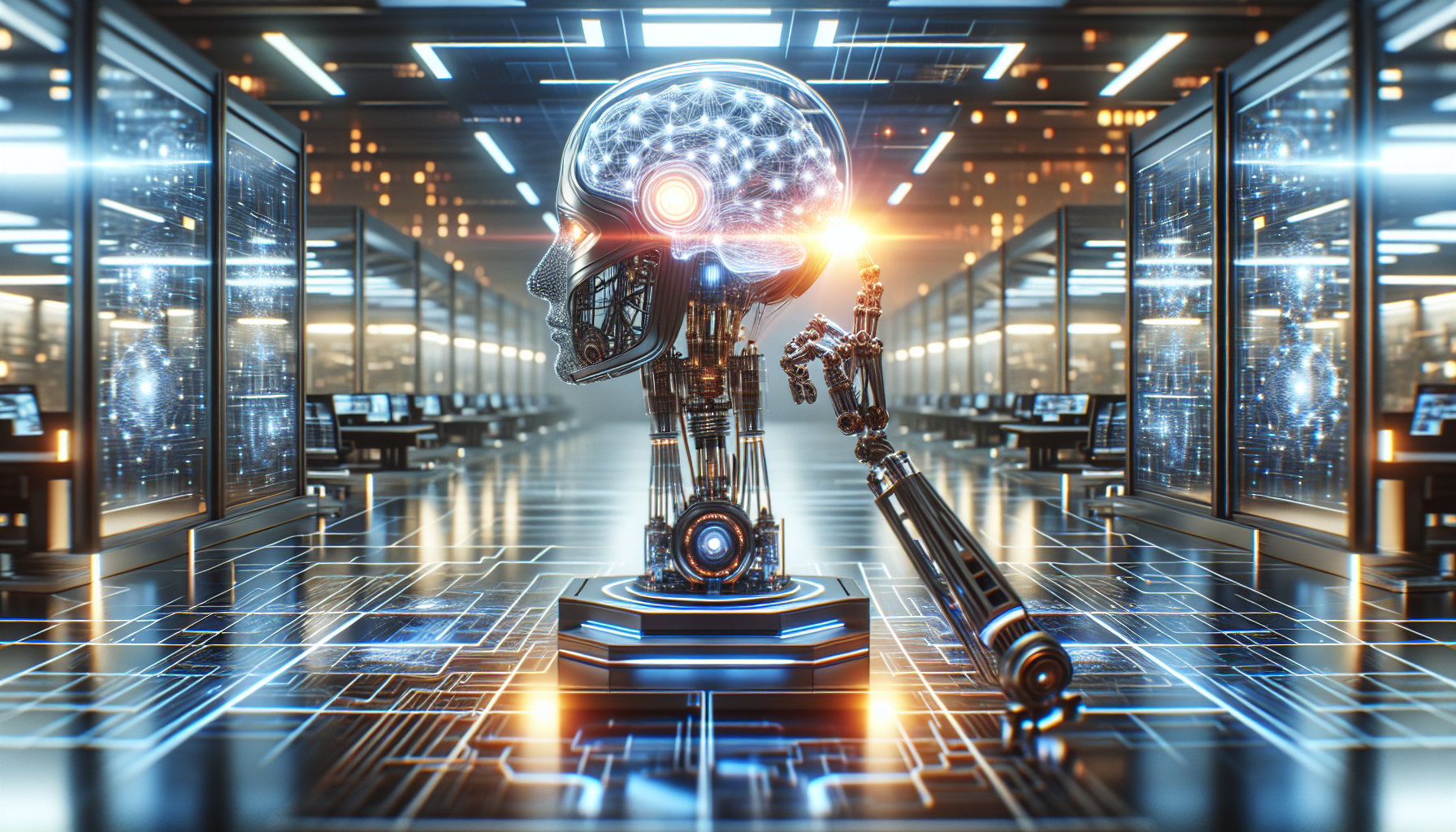
AI in Entertainment: A Technical How-to Guide for Transforming Media and Gaming
October 4, 2025
Artificial Intelligence is reshaping the entertainment industry, creating new paradigms in media and gaming. This transformation is not merely about enhancing existing capabilities but redefining the creative and operational frameworks across the entertainment spectrum. Here’s a technical guide on harnessing AI to innovate and optimize the entertainment landscape.
To begin integrating AI into entertainment, understanding its multifaceted applications is crucial. AI’s capacity for data analysis and pattern recognition is foundational. In media, AI-driven algorithms analyze vast datasets to identify trends and preferences, enabling creators to tailor content that resonates with audiences. For instance, streaming services employ AI to curate personalized content recommendations, enhancing user engagement and satisfaction. The precision of these recommendations stems from complex machine learning models that learn and evolve through continuous interaction with user data.
In the realm of gaming, AI introduces dynamic elements that enhance user experience. Game developers utilize AI to create non-player characters (NPCs) with sophisticated behaviors. These NPCs adapt to player actions, offering a more immersive and challenging gameplay experience. By employing techniques such as reinforcement learning, developers can program NPCs to learn from their environment and make decisions that mimic human-like judgment.
For those looking to implement AI in entertainment production, a key step is building a robust AI infrastructure. This involves deploying powerful computing resources capable of handling extensive data processing tasks. Cloud-based solutions offer scalable options, providing the flexibility to manage fluctuating demand and complex algorithms without the need for significant on-premises investment.
Next, consider the role of AI in content creation. AI technologies, such as Natural Language Processing (NLP) and computer vision, enable the automation of scriptwriting and video editing. NLP allows for the generation of dialogue and narrative structures, while computer vision aids in scene recognition and editing, reducing the time and effort required in post-production processes. These technologies not only streamline workflows but also open up creative possibilities, allowing content creators to focus on higher-level creative decisions.
Security is another critical aspect when integrating AI into entertainment. The use of AI in content generation and distribution necessitates robust cybersecurity measures to protect intellectual property. Implementing AI-driven security systems can help detect and mitigate threats, ensuring that creative assets remain secure throughout the production and distribution pipeline.
AI’s potential extends to enhancing audience interaction through virtual and augmented reality (VR/AR). By leveraging AI, developers can create more realistic and interactive environments. In VR, AI can simulate real-world physics and behaviors, providing users with an immersive experience that blurs the line between virtual and real. In AR, AI can enhance real-time object recognition and interaction, enabling users to engage with their environment in innovative ways.
The ethical implications of AI in entertainment cannot be overlooked. As AI systems become more integrated into creative processes, questions surrounding authorship and originality arise. Ensuring transparency in AI-generated content and maintaining ethical standards in data usage are essential. Content creators should establish clear guidelines on AI’s role in the creative process, ensuring that human oversight and creativity remain at the forefront.
Finally, the future of AI in entertainment is an evolving narrative, with new advancements continuously emerging. Embracing a culture of innovation and experimentation is key to staying ahead in this dynamic field. Encourage cross-disciplinary collaboration, bringing together technologists, artists, and industry experts to explore the untapped potential of AI.
As AI continues to weave its way into the fabric of entertainment, the possibilities are as boundless as they are complex. How might the convergence of AI and human creativity redefine the future of storytelling and interactive experiences? The answers lie in our willingness to explore and push the boundaries of what is possible.


